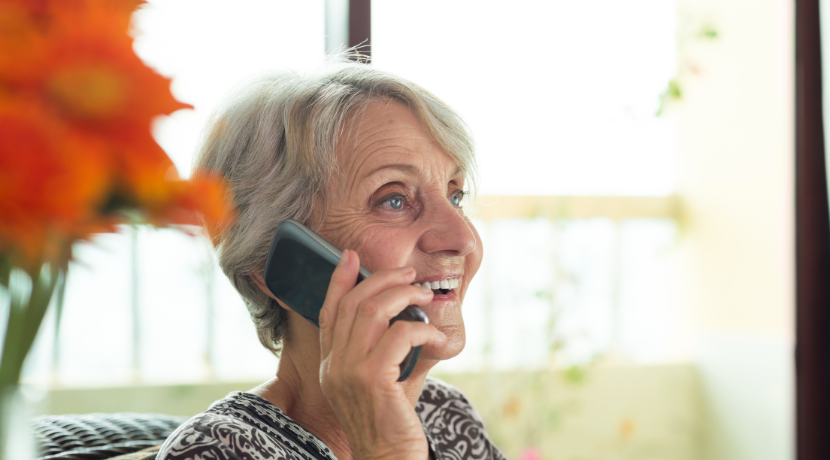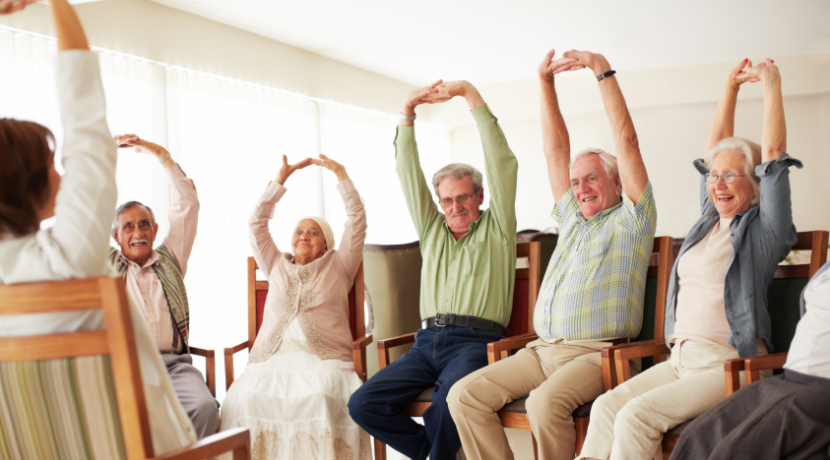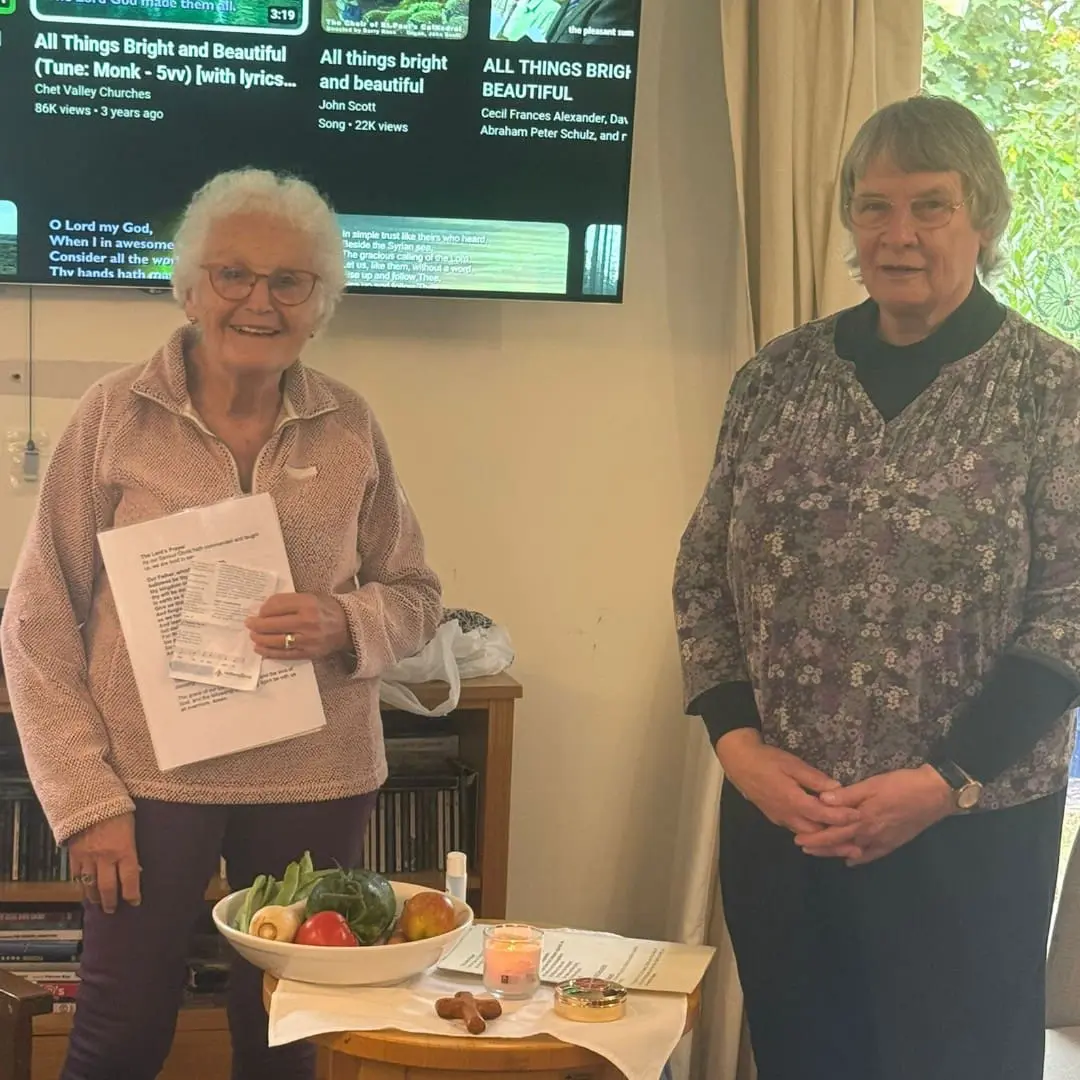Why is technology in healthcare becoming increasingly more prevalent?
As technology advances, many healthcare providers are incorporating it more and more into their daily care; from digital care records to video calls with loved ones, there are plenty of ways in which technology is beneficial for the sector.
In this blog, we’re sharing some top ways we’re utilising digital platforms without our care homes here at ACI Care:
Technology in Healthcare: Virtual Fitness Classes
At ACI Care, we understand the importance of maintaining a healthy, active lifestyle — particularly in later life.
Due to advancements in technology in healthcare, there are now plenty of opportunities to stay active via digital platforms, including virtual exercise classes, online pre-recorded videos (such as YouTube), and even wellbeing apps.
These are essential in the modern age, as they ensure exercise is accessible and inclusive — particularly for those with limited mobility or who may be unable to attend an in-person session.
Being able to exercise from the comfort of your own home can also act as a great motivator, especially in the winter months.
From pilates and Zumba to seated stretches, there are a myriad of classes and activities available.
Remember to always seek the advice of your GP before starting any new exercise.
Technology in Healthcare: Remote Patient Monitoring
The implementation of remote patient monitoring in care homes helps improve the quality of care, enhance resident safety, and provide a more proactive approach to healthcare.
It allows care providers to respond promptly to changes in residents’ health conditions, ultimately leading to better outcomes and an improved quality of life for residents.
Remote patient monitoring can include:
- Vital signs;
- Fall detection;
- Medication adherence;
- Chronic disease management’
- Telehealth consultations;
- Health and wellness tracking;
- Dementia care.
While it doesn’t take away the important role a carer plays within a home, it can help them manage their care more efficiently, while reducing the risk of human error.
Technology in Healthcare: Electronic Health Records
Electronic health records are a digitised version of patients’ medical histories, treatment plans, diagnoses, medications, immunisation dates, allergies, and test results.
These records are stored in secure databases, and are accessible by authorised healthcare providers and staff.
Electronic health records allow for continuity of care, and provide seamless sharing of patient information between hospitals, primary care providers, and care homes.
This ensures that healthcare professionals have access to the most up-to-date and comprehensive healthcare records, enabling them to provide efficient, personalised, and accurate care.
Monitoring Exercise and Fitness Tracking
Monitoring exercise, health, and wellbeing is just one of the many brilliant advancements in healthcare in technology that many people use on a daily basis.
Smart watches, for example, are excellent for monitoring sleep patterns, tracking exercises, recording heart rate, and much more.
This helps the user not only understand their body better, but also encourages and motivates them to make healthier choices.
In our ACI Care homes, we use an array of equipment and devices to help us monitor, assess, and improve our residents’ wellbeing, and help them to optimise their lifestyles.
Staying Connected
At ACI Care, we understand that, sometimes, life gets in the way of visiting your loved one as much as you’d like — you may have work commitments, family responsibilities, or live far away.
So, we organise plenty of social activities to help your loved one stay connected and provide them with opportunities for stimulating and meaningful interactions and conversations.
With developments in technology in healthcare, though, there are now plenty of ways you can stay connected with your loved one, helping to bridge the gap between visits:
- Video calling: Facetiming is a great way to engage in a phone conversation with your loved one, while being able to see their face. You can see each other’s reactions, show each other items of interest, and even blow kisses! This is a lovely way to stay connected; please contact us if you’d like to arrange a video call — our team will be more than happy to help.
- Emailing/instant messaging: Emails/instant messaging are the modern mode of communication — and much quicker than writing a letter! It’s a great way to share quick updates between calls and visits, and helps to put a smile on your loved one’s face. (Although, many of our residents do also enjoy receiving a letter in the mail!)
- Sharing pictures and videos: Whether it’s via email, message, or uploaded to a photo-sharing app, sending your loved one pictures is a great way for them to see their loved one’s faces whenever they wish, and really helps to brighten their day.
- Group calls: Platforms such as Zoom are great for group calls, where lots of family members can join the fun! This is particularly great if your loved one is unable to join a family gathering, or if you have family across the world that may not be able to visit. You can set up games, a quiz, or simply enjoy a meaningful catch-up!
Technology in healthcare is making waves in the industry, helping to improve our residents’ overall wellbeing.
If you’d like to know more about how we incorporate technology into your loved one’s daily life, please contact a member of our team.
Alternatively, why not check out our recent blog to discover what we offer here at ACI Care?
Related News
Creativity, Community and Crafting Halloween Magic
At The Old Rectory Care Home in Dymchurch, creativity sits at the heart of our wellbeing programme.…
Celebrating the International Day of Sign Languages
At Fairways Care Home in New Romney we believe that learning doesn’t stop with age it evolves.…
Hastings Community Focused Harvest Festival
At Mountside Care Home in Hastings, seasonal celebrations are more than calendar dates they are…
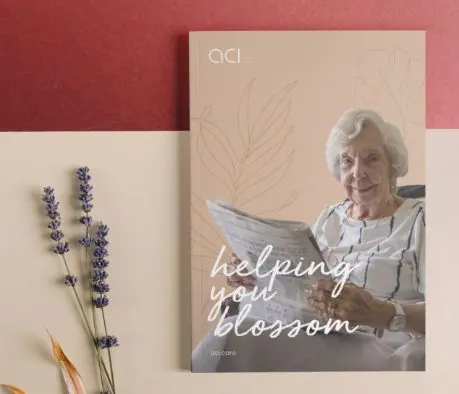
Request a Brochure
Find out more about our homes, our team, our care and typical fees.
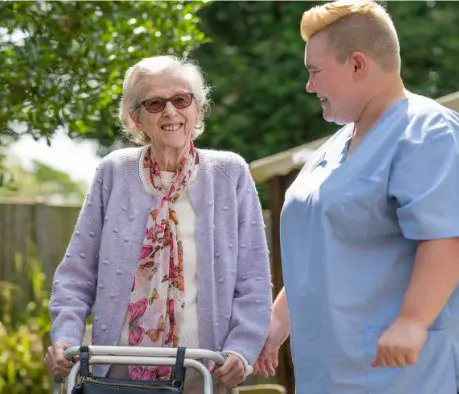
Book a Tour
Come and see the home for yourself – we’re always open for coffee and a chat.
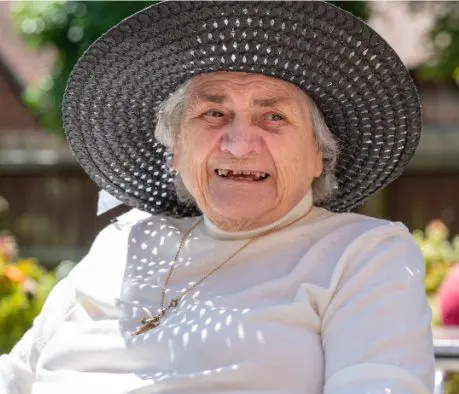
Bedrooms Available
We’re accepting residents for residential, dementia and respite care. Reserve your space today.

